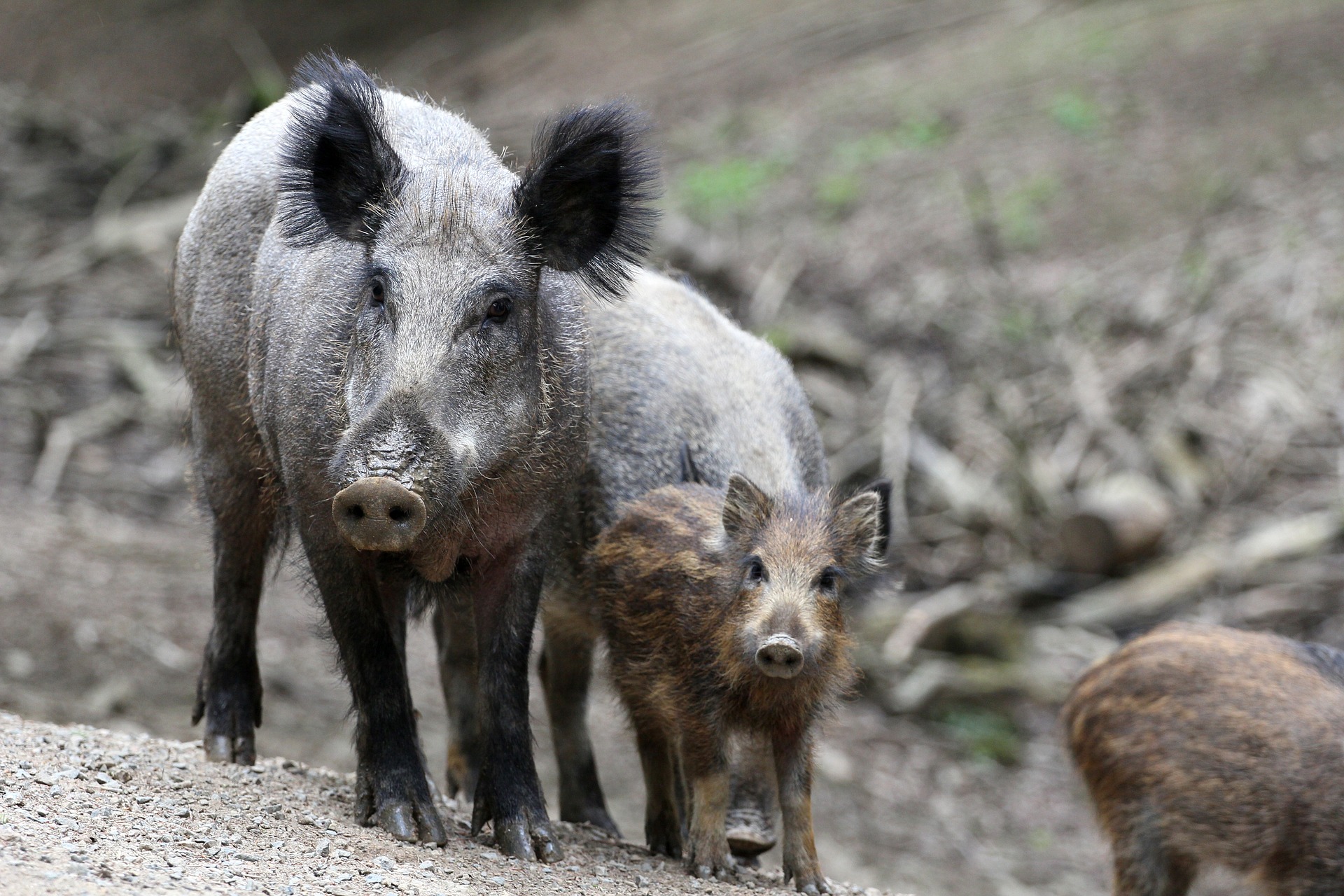In Bavaria, in the south-east of Germany, a mystery surrounded the populations of wild boars: they have had very high levels of radioactivity for decades. While the Chernobyl incident in 1986 has long been singled out, a new study shows that she is not the only culprit.
These European boars (Sus scrofa) are so radioactive that their meat is considered unfit for consumption. For a long time, the origin of this contamination was rather uncertain, but a study recently published in the scientific journal Environmental Science & Technology just clarified the situation. These poor mammals were in fact suffering the consequences of the numerous atomic bomb tests that took place more than 60 years ago.
Bavarian boars and their persistent radioactivity
For decades, the culprit was obvious: the 1986 Chernobyl power plant accident in the city of Prypiat, Ukraine. The theory stood up, because the plant was located about 1,300 kilometers from the region. The difference with other contaminated living beings is that the wild boar populations in Bavaria did not see their level of radioactivity decrease.
To explain this paradox, researchers have looked at atomic weapons testing. Organized mainly by the United States, the USSR and other nuclear powers, they reached their peak in the 1960s, as the graph below shows. Among these tests, hundreds were carried out in the atmosphere, which caused very significant radioactive fallout.
By analyzing the meat of wild boars, the researchers realized that it contained radioactive cesium, but also other harmful isotopes from nuclear weapons. These were present in proportions sometimes going up to 99%. Some of these isotopes, such as plutonium-239 or strontium-90 for example, are much more persistent in the environment than cesium. This could largely explain the particular situation of wild boars in Bavaria.
The accumulation effect of radioactive particles
Another peculiarity of the wild boar is its diet and its particular appetite for truffles. These globular underground fungi play a very important role in maintaining levels of radioactivity within their organism. During nuclear fallout, radioactive particles seep slowly (a few millimeters per year) into the ground under the effect of rain and end up accumulating in the substrate. The truffles thus fruiting in it end up being contaminated as well, and the wild boars, by consuming them, are also contaminated. When winter comes and food becomes scarce above ground due to low temperatures, wild boars fall back on these truffles, making them particularly vulnerable.
This study highlights the importance of crossing the different sources of contamination during ecotoxicological analyses. Wild boars, if they were indeed victims of the Chernobyl incident in 1986, also suffered from other consequences which had not been suspected until then. Rather worrying when we learn that a crack has been discovered on a nuclear reactor in France. Especially since the wild boar population has already had negative impacts on food security and on the overall management of wild boar in Europe. This is why it is necessary to concern ourselves with the long-term repercussions of nuclear activities, which are far from ancient history, on food chains and the environment.
Sources: Science.org, Environmental Science & Technology, Vice

29